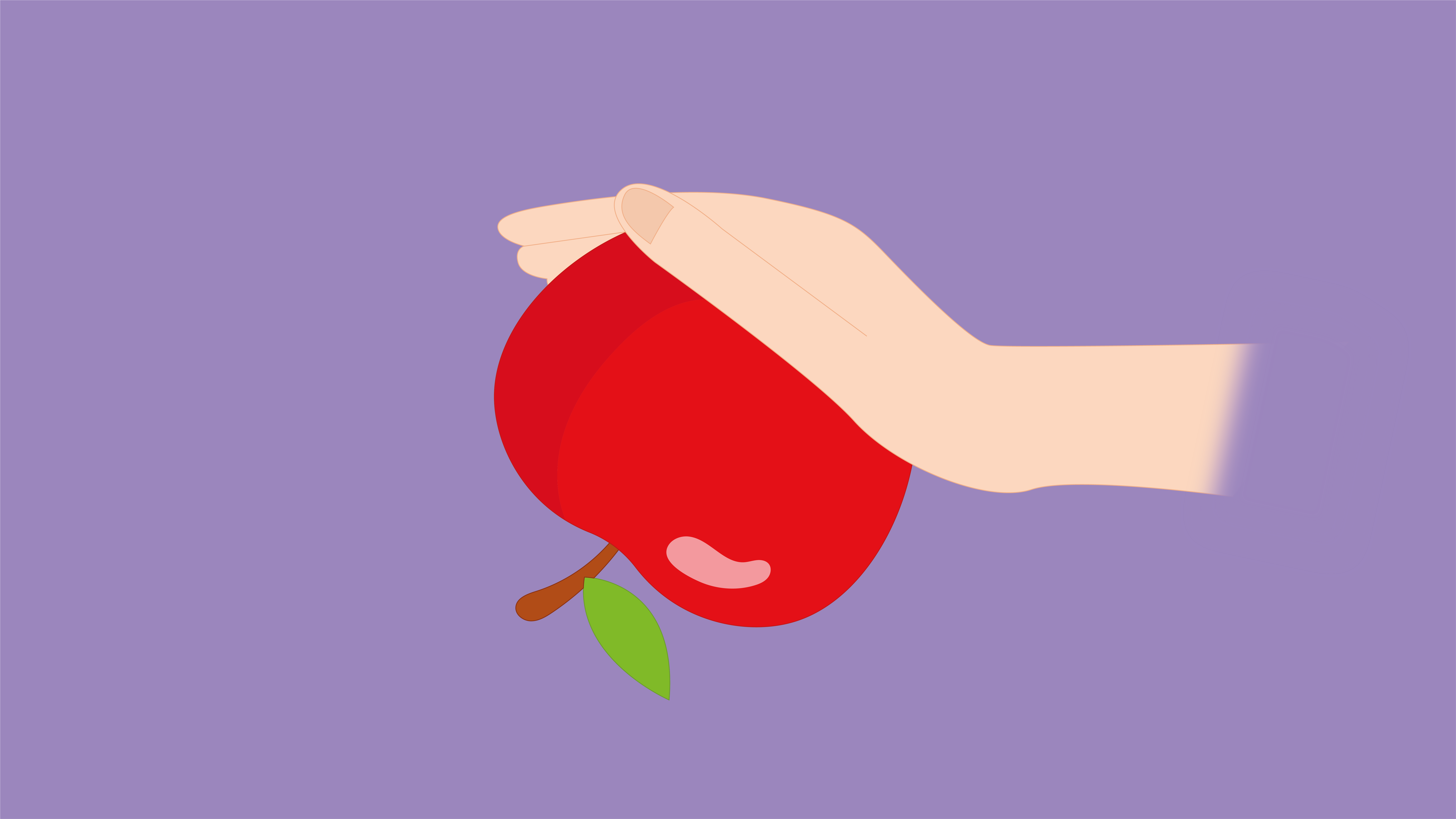Learning objectives
Knowledge
- To revise the units Movement and nutrition and Rocks and soil.
Working scientifically
- To plan a pattern seeking enquiry.
Success criteria
Knowledge
- I can describe how muscles move the skeleton.
- I
This content is for subscribers only. Join for access today.
National curriculum
Science
Animals, including humans
This content is for subscribers only. Join for access today.
Cross-curricular links
Mathematics
Number – number
This content is for subscribers only. Join for access today.
Before the lesson
This content is for subscribers only. Join for access today.
Lesson plan
Recap and recall
Arrange the class into groups of five, number the pupils in each group one to five and provide each group with the Resource: Knowledge organiser: Movement and nutrition (one per group) and the Resource: Knowledge organiser: Rocks and soil (one per group). Explain the rules of the game: Ask pupil one to sit facing their…
This content is for subscribers only. Join for access today.
Extended-mode explainer videos
How to extend your display to view the lesson page and preseantion mode simultaneously. Choose your operating system below to watch the video
If you need further support with extending your display,
please contact [email protected].
Extended-mode explainer video: For Mac
Extended-mode explainer video: For Windows
Adaptive teaching
Pupils needing extra support
Should be provided with the Resource: 1 cm square paper to draw around their hand and then count the whole 1 cm squares to work out their hand span; should use the Resource: Keyword prompts to help them identify variables and discuss their predictions; could use the Knowledge organiser: Science – Rocks and soil to help them decide which rock has the best properties for the grip challenge.
Pupils working at greater depth
Should measure their hand span and include millimetres, recording their data to one decimal place; could choose an extension activity from the Resource: Stretch and challenge: Does hand span affect grip strength?.
This content is for subscribers only. Join for access today.
Assessing progress and understanding
Pupils with secure understanding indicated by: describing how muscles move
This content is for subscribers only. Join for access today.
Vocabulary definitions
-
bone
Hard structure that makes up the skeleton.
-
grip strength
A measure of the muscle strength of the forearm and hand muscles that allow us to pick objects up.
This content is for subscribers only. Join for access today.





